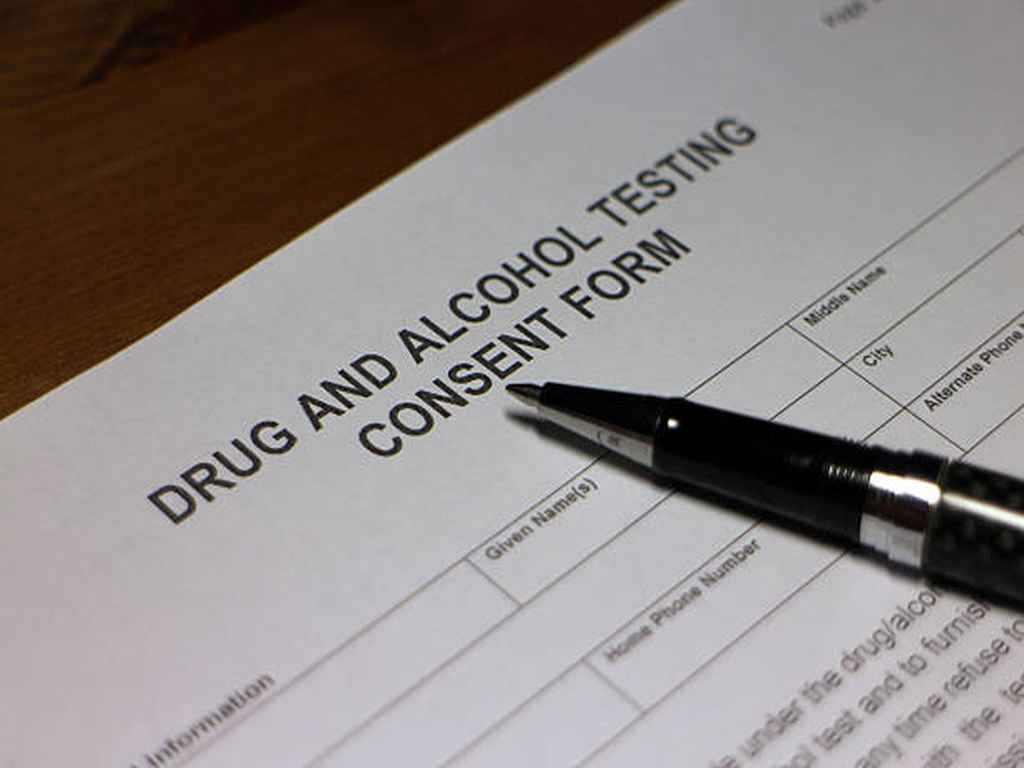Drug & Alcohol Policy: Key Elements
19 October, 2023

Implementing a drug & alcohol policy is essential for organisations. It is the starting point of ensuring the safety and well-being of employees, as well as promoting a productive environment. Such policies include key elements such as the purpose and objectives, implementation, and procedures of substance detection. These aspects are crucial in covering all safety-related concerns. In addition, it also includes procedures for handling various situations, such as getting positive results and refusal of an employee to take the test.
Substance use is a prevalent workplace issue. It has a negative impact on productivity and safety. Therefore, companies seek cost-effective solutions to prevent it. Through a comprehensive policy, employers are able to conduct drug and alcohol testing under reasonable grounds. It also helps them comply with state laws. This article will present the key elements in developing a workplace drug and alcohol program.
Drug & Alcohol Policy: Presenting the Definition and Purpose
A workplace drug & alcohol policy is a formal document that establishes the company’s objectives and goals regarding safety and risk management. It serves as a regulation and guideline in addressing the issue of substance abuse at work. The purpose of such policies is to protect the safety and well-being of employees. It also helps to maintain a productive and healthy work environment.
The scope of the policy covers all employees, contractors, and visitors to the work site. Employees are expected to abide by the regulations at all times. Moreover, an essential aspect is the definition of prohibited substances. This typically includes illegal drugs and the misuse of prescription medications and alcohol.
Furthermore, the policy statement outlines the acceptable standards of behaviours and job performance. This helps to minimise unsafe work practices. For example, employees are prohibited from working while impaired. Lastly, the purpose of the policy is to define clear procedures for testing and enforcement. Overall, they should be fair and consistent for all employees.
Benefits of Implementing a Policy
- Clear communication of safety rules and expectations.
- Address employees’ concerns. Also provides standard and clear responses in dealing with various situations.
- Provide employees with a hazard-free and healthy environment.
- Minimises the chances of accidents and injuries.
- Decreases downtime and increases productivity. It also boosts employee morale.
- Lowers overall costs, especially hospitalisation, insurance, and property expenses.
- Reduces absenteeism rates and employee turnover.
- Reduces conflict and misunderstandings.
- Protects the company from legal liabilities that may arise due to accidents.
- Deters employees from potential substance abuse.
- Demonstrates good faith in workers for fair treatment.
- Opportunities for early identification and intervention for employees struggling with substance abuse issues.

Drug & Alcohol Policy: Implementation
Implementing a drug & alcohol policy takes a careful approach and planning. The first step is to define the goals and expectations regarding drug and alcohol use. It is best to consult with health and safety representatives to ensure the policy is compliant with relevant laws and regulations. There must also be a thorough discussion with the workers to raise their concerns.
The next step is to develop the document and communicate it to all employees. It is essential that all staff agree to the conditions in the policy, including the sanctions in case of failing a drug and alcohol test. Most workplaces implement zero-tolerance for illicit drugs and alcohol. This is especially critical for those holding safety-critical positions.
Additionally, employers provide education on the effects of alcohol and training on how to recognise substance impairment symptoms. The policy can guide the staff and managers on how to report incidents and how to respond. It should also manage privacy and confidentiality issues that may arise. The last step is to make the policy in accessible formats, such as an employee handbook, online, or email.
Can an Employee Refuse a Test?
In most cases, an employee cannot refuse a drug and alcohol test if it is a requirement in the employment agreement. Before hiring, they must agree to be subjected to random or scheduled tests. Many companies require regular testing, especially in high-risk industries like mining, rail transport, and construction.
However, there are some cases where an employee may have valid reasons to refuse a test. For example, if the testing procedure is not conducted in a professional manner. On the other hand, employees refusing the test without a valid reason may face disciplinary action, such as dismissal for breaches of the policy.

Drug & Alcohol Policy: Procedures for Detecting Substance Impairment
The drug & alcohol policy includes the specific procedures for detecting substance use or impairment. One common type is the urine test. This method involves collecting a urine sample and analysing it for the presence of various drugs or metabolites. It can trace a wide range of substances up to 48 to 72 hours of last usage.
The second type is oral fluid testing. It involves swabbing the inside of the mouth to detect alcohol or drugs. It is less invasive, making it an ideal alternative if urine test is not available. However, it has a more limited detection window of 24 hours. Companies may use drug test kits or mobile laboratory services for onsite testing.
Another type is the breath test. It is a convenient and non-invasive method for detecting alcohol use. It utilises a portable device called a breathalyser to measure a person’s Blood Alcohol Content (BAC). Breathalysers are easy to use and do not need professional assistance. In addition, it can provide the BAC results within 10 to 15 seconds.
Treatment Options and Programs
Employers may conduct a drug and alcohol test in various circumstances or with justifiable reasons. The testing programs often include pre-employment, random, periodic, post-incident, and reasonable suspicion tests. A pre-employment test helps employers hire a suitable candidate. Additionally, it helps monitor employees under the influence of alcohol or drugs and reduce the risk of harm.
Companies may provide rehabilitation assistance to workers dealing with substance abuse. An Employee Assistance Program (EAP) offers the necessary resources to deal with addiction. It can include counselling and medication-assisted treatment. The goal is to help employees return to a productive work lifestyle in the safest and quickest way.
Conclusion
Employers have a duty of care to provide a safe environment to employees. Therefore, a drug & alcohol policy is an important tool for maintaining a hazard-free and productive workplace. It serves as a guide for all employees on the expectations of behaviour and regulations regarding drugs and alcohol. The essential aspects to include are objectives, identification of prohibited substances, testing process, and consequences of non-compliance or violations. It aims to minimise accidents and other workplace safety risks.
Companies may use a variety of testing procedures, depending on the situation. The standard method is urine testing for drugs and breath testing for alcohol. Each test is suitable for different purposes, such as pre-employment, random, post-accident, and reasonable cause. If the result is positive, an employee may face disciplinary measures or seek professional treatment. Finally, consistent enforcement of the policy helps deter substance abuse and ensures legal compliance.






























